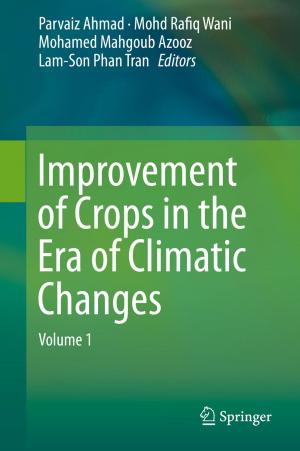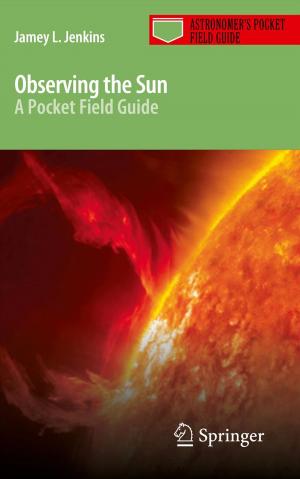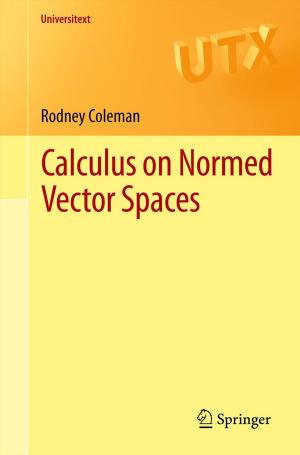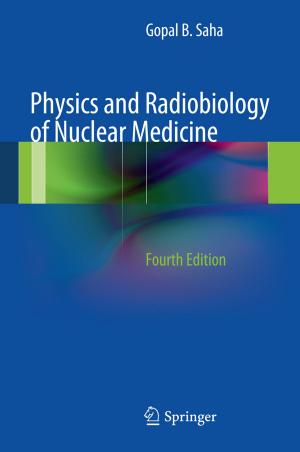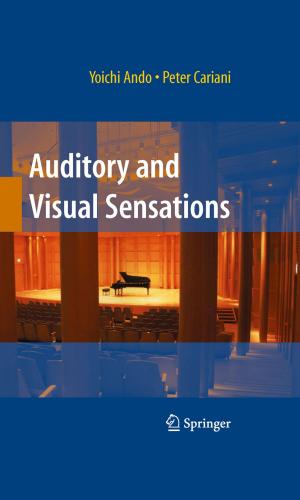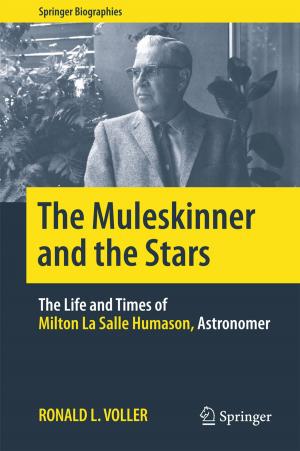How to Photograph the Moon and Planets with Your Digital Camera
Nonfiction, Science & Nature, Science, Earth Sciences, Geology, Physics, Astronomy| Author: | Tony Buick, Philip Pugh | ISBN: | 9781441958280 |
| Publisher: | Springer New York | Publication: | January 25, 2011 |
| Imprint: | Springer | Language: | English |
| Author: | Tony Buick, Philip Pugh |
| ISBN: | 9781441958280 |
| Publisher: | Springer New York |
| Publication: | January 25, 2011 |
| Imprint: | Springer |
| Language: | English |
Although astronomical CCD cameras can be very costly, digital cameras – the kind you use on holiday – on the other hand, are relatively inexpensive. Moreover, their technology – especially thermal noise, sensitivity (ISO number) and resolution – has progressed to a point where such cameras are more than capable of photographing the brighter astronomical objects.
Now Tony Buick has teamed up with fellow author and astro imager Phil Pugh, to produce a completely revised, updated, and extended second edition to How to Photograph the Moon and Planets with your Digital Camera, first published in 2006. The revisions take into account changing (and improving) camera technology, and some items which are now available commercially but which previously had to be home-made. The section of solar observing has been expanded to include observing by H-alpha light, and among the many additional sections are photographing the constellations, aurorae, and basic post-imaging processing.
Although astronomical CCD cameras can be very costly, digital cameras – the kind you use on holiday – on the other hand, are relatively inexpensive. Moreover, their technology – especially thermal noise, sensitivity (ISO number) and resolution – has progressed to a point where such cameras are more than capable of photographing the brighter astronomical objects.
Now Tony Buick has teamed up with fellow author and astro imager Phil Pugh, to produce a completely revised, updated, and extended second edition to How to Photograph the Moon and Planets with your Digital Camera, first published in 2006. The revisions take into account changing (and improving) camera technology, and some items which are now available commercially but which previously had to be home-made. The section of solar observing has been expanded to include observing by H-alpha light, and among the many additional sections are photographing the constellations, aurorae, and basic post-imaging processing.

